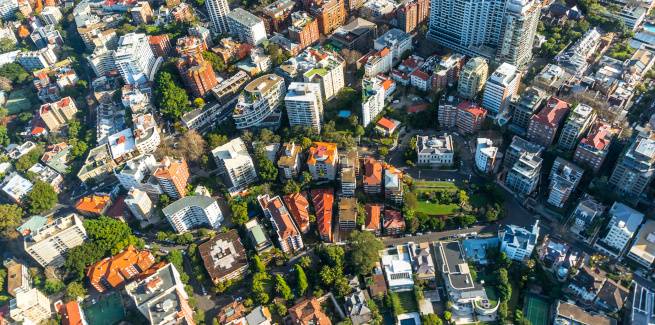Property research group CoreLogic has released its latest Hedonic Home Value Index, reporting a 0.9 per cent increase in national home values in January.
Dwelling values increased in all capital cities, with combined growth of 0.9 per cent, while Australia’s regional markets recorded combined growth of 0.7 per cent.
Sydney and Melbourne continued to lead the rebound in property prices, with growth of 1.1 per cent and 1.2 per cent, respectively.
Hobart also recorded strong growth in January, with prices up 0.9 per cent, while Brisbane (0.5 per cent), Canberra (0.3 per cent), Adelaide (0.2 per cent), Darwin (0.1 per cent) and Perth (0.1 per cent) also recorded gains.
However, despite continued price growth in January, the increases were less pronounced than previous months, with national home values up 1.1 per cent in December, spurred by a 1.8 per cent increase in Sydney and a 1.4 per cent increase in Melbourne.
According to CoreLogic’s head of research, Tim Lawless, the January slowdown may be attributable to seasonable factors.
“Seasonal factors deliver a reduction in sales activity; auction markets become quieter and listing numbers drop sharply,” he said.
“Through February, we will receive a much better feel for housing market trends as activity returns to normal.”
Mr Lawless added that seasonal factors aside, the data may reflect a broader slowdown in the housing rebound but noted that the rate of recovery remains “unsustainable”.
“Despite the seasonality, there is evidence to suggest that housing value growth rates are tapering in Sydney and Melbourne, although with values rising at more than 1 per cent month-on-month, this pace is still unsustainable considering household income growth is sluggish and housing affordability challenges are worsening,” he said.
“The ratio of housing values to household incomes, based on data to September last year, has risen to 8.5 in Sydney and 7.4 in Melbourne (up from a recent low in the June quarter of 8.2 and 7.2, respectively).
“Since September, the ratio of dwelling values to household incomes is likely to have increased further.”
Mr Lawless continued: “Housing remains more affordable relative to the highs of 2017. However, it’s clear that affordability remains a significant barrier to higher buyer participation in Australia’s largest cities.”
Looking ahead, the analyst said he expects further cuts to interest rates and “consistently strong” population growth, and an “undersupply” of housing to continue placing upward pressure on property prices.
However, Mr Lawless said he anticipates an increase in listing activity for existing housing as selling conditions improve.
“We’re expecting the number of homes available for sale to also rise in 2020, which may result in a wider range of choice,” Mr Lawless stated.
“The knock-on effect could dampen the sense of urgency to purchase housing and could mitigate more rapid growth.”
[Related: FHBs undeterred by property price rally]

